Free disinfectant - sodium hypochlorite
I got out of bed, had breakfast and decided to go out on the patio. From the terrace, I had something to see. Good people from the Smederevo water supply system shared the disinfectant free of charge. That's very nice of them. The disinfectant they shared is sodium hypochlorite.

Sodium hypochlorite (NaOCl) is the most commonly used compound for water purification. It is also used extensively for surface cleaning, whitening, and odor neutralization.
When was sodium hypochlorite detected?
What are the characteristics of sodium hypochlorite?
Sodium hypochlorite is a clear, slightly yellowish solution of a characteristic odor. Sodium hypochlorite has a relative density of 1.1 (5.5% aqueous solution). Usually, it contains 5% sodium hypochlorite (with a pH of about 11, irritant) as a home bleaching agent. If the sodium hypochlorite concentration is 10-15% (with a pH of about 13, it burns and erodes). Sodium hypochlorite is unstable. Chlorine evaporates at a rate of 0.75 grams of active chlorine per day from the solution.
Sodium hypochlorite decomposes by heating. This also happens when sodium hypochlorite comes into contact with acids, sunlight, certain metals, and toxic and corrosive gases, including chlorine gas.
Due to the presence of caustic soda is sodium hypochlorite, the pH of the water increases. When sodium hypochlorite dissolves in water, two substances are formed, which play the role of oxidation and disinfection. These are hypochlorous acid (HOCl) and less active hypochlorite ions (OCl-). The pH of the water determines how much hypochlorous acid is formed.
What Are The Uses Of Sodium Hypochlorite?
Sodium hypochlorite is used extensively. For example, in agriculture, chemical industry, paint and lime industry, food industry, glass industry, paper industry, pharmaceutical industry, synthetics industry, and waste disposal. In the textile industry, sodium hypochlorite is used for bleaching textiles (varying). It is sometimes added to industrial wastewater to counteract odors. Hypochlorite neutralizes sulfur hydrogen (SH) and ammonia (NH3).
It is also used to detoxify cyanide baths in the metal industry. Hypochlorite can be used to prevent the growth of algae and shells in cooling towers. In water treatment hypochlorite is used for water disinfection. In households, hypochlorite is used to clean and disinfect the home.
Sodium hypochlorite is effective against bacteria, viruses, and fungi. Sodium hypochlorite disinfects the same as chlorine.
Sodium hypochlorite in swimming pools
The concentration of sodium hypochlorite found in swimming pools is generally not harmful to humans. When there is too much chlorine in the water, it burns the body tissues, causing damage to the airways, stomach and intestines, eyes and skin. When sodium hypochlorite is used in swimming pools, it sometimes causes redness of the eyes and gives off a typical odor. When a lot of urea (a mixture of urine and sweat) is present, hydrochloric acid and urea respond to chloramine formation. These chloramines irritate the mucous membrane and cause the so-called "chlorine odor". In most pools, these problems are prevented by water purification and ventilation. The redness of the eyes disappears after a while.
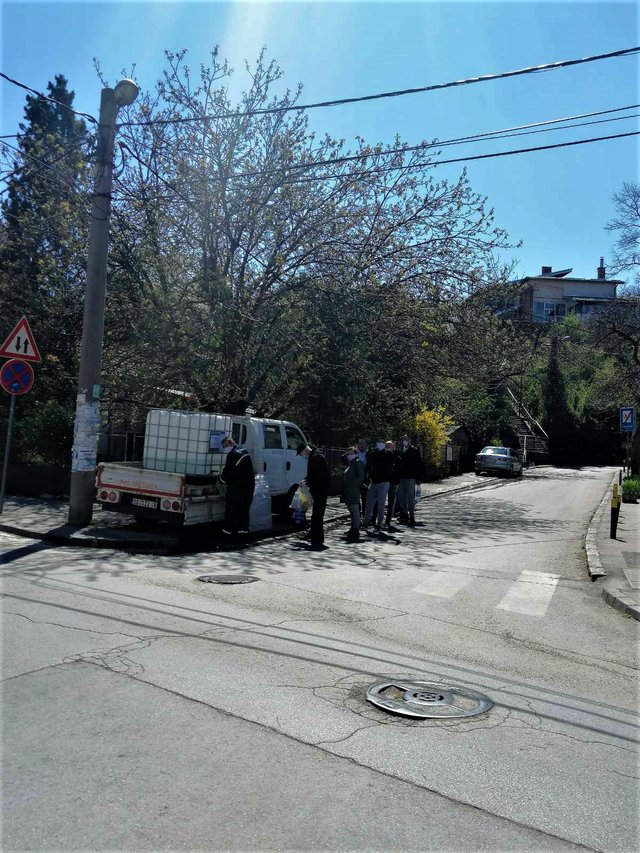
What are the advantages and disadvantages of using sodium hypochlorite?
Sodium hypochlorite as a disinfectant has the following advantages: It can be easily stored and transported when produced on site. Dosing is easy. Transport and storage of sodium hypochlorite are safe. Sodium hypochlorite is as effective as chlorine gas for disinfection. Sodium hypochlorite produces residual disinfectant.
Disadvantages: Sodium hypochlorite is a corrosive substance. While working with sodium hypochlorite, precautions must be taken to protect workers and the environment. Sodium hypochlorite and chlorine do not destroy Giardia Lamblia and Cryptosporidium.

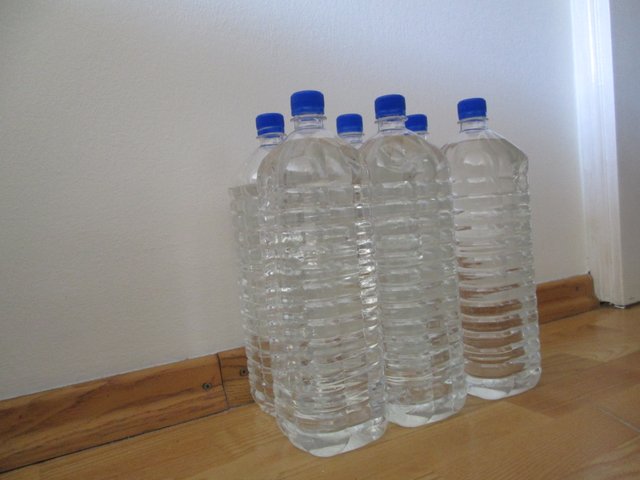
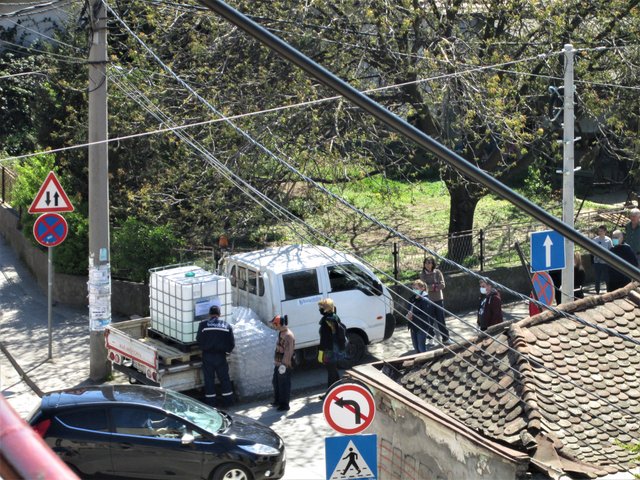

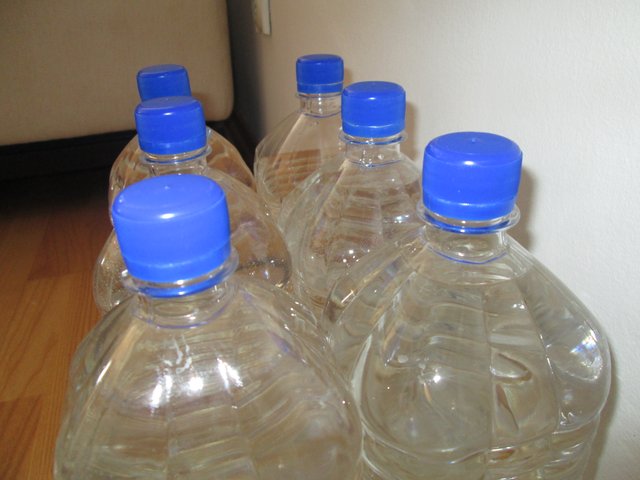
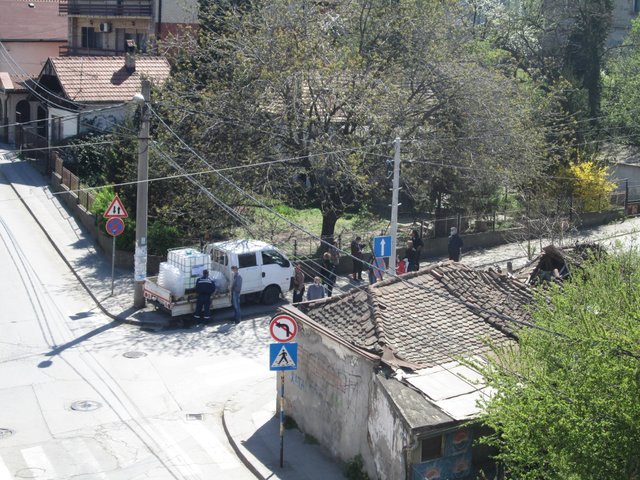
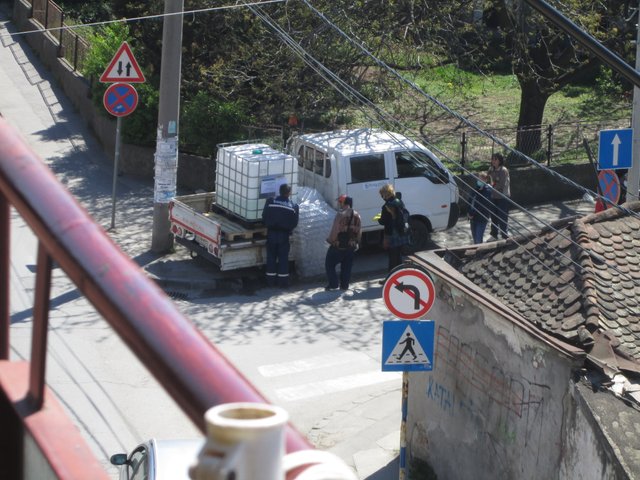
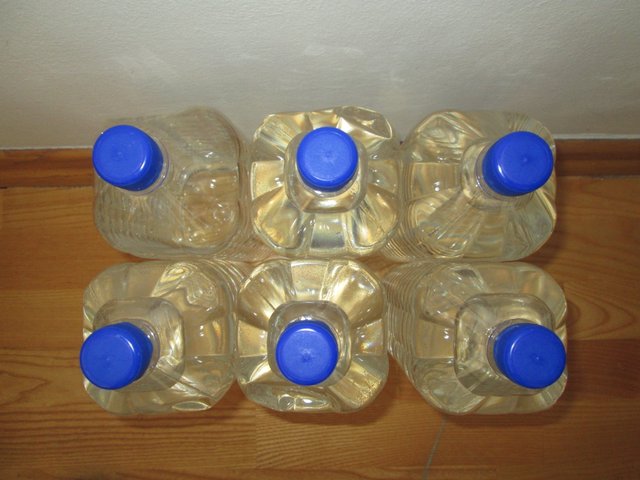
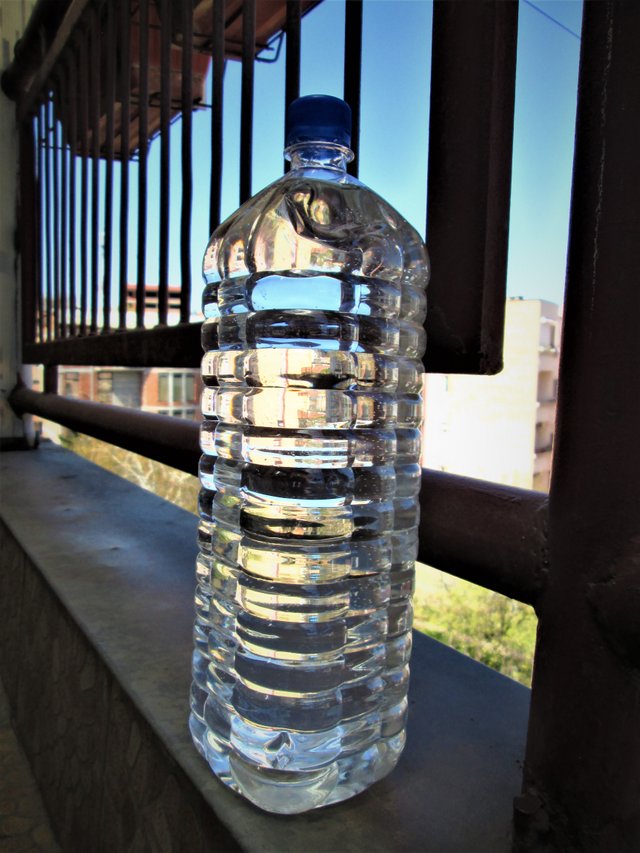

Hi @sarakey, your post has been upvoted by @bdcommunity courtesy of @hafizullah!
Support us by setting us as your witness proxy or delegating STEEM POWER.
JOIN US ON
You have been curated by @hafizullah on behalf of Inner Blocks: a community encouraging first hand content, with each individual living their best life, and being responsible for their own well being. #innerblocks Check it out at @innerblocks for the latest information and community updates, or to show your support via delegation.